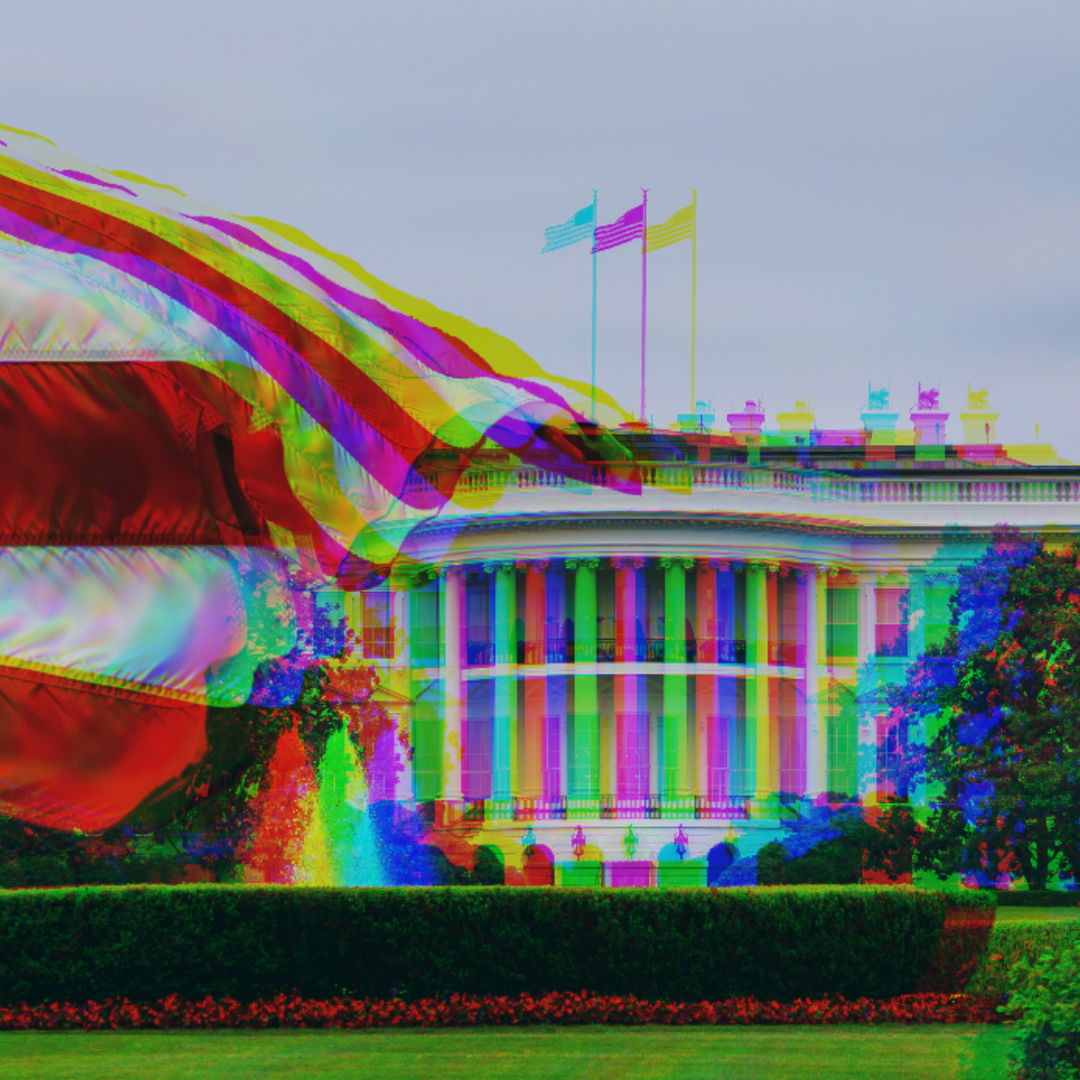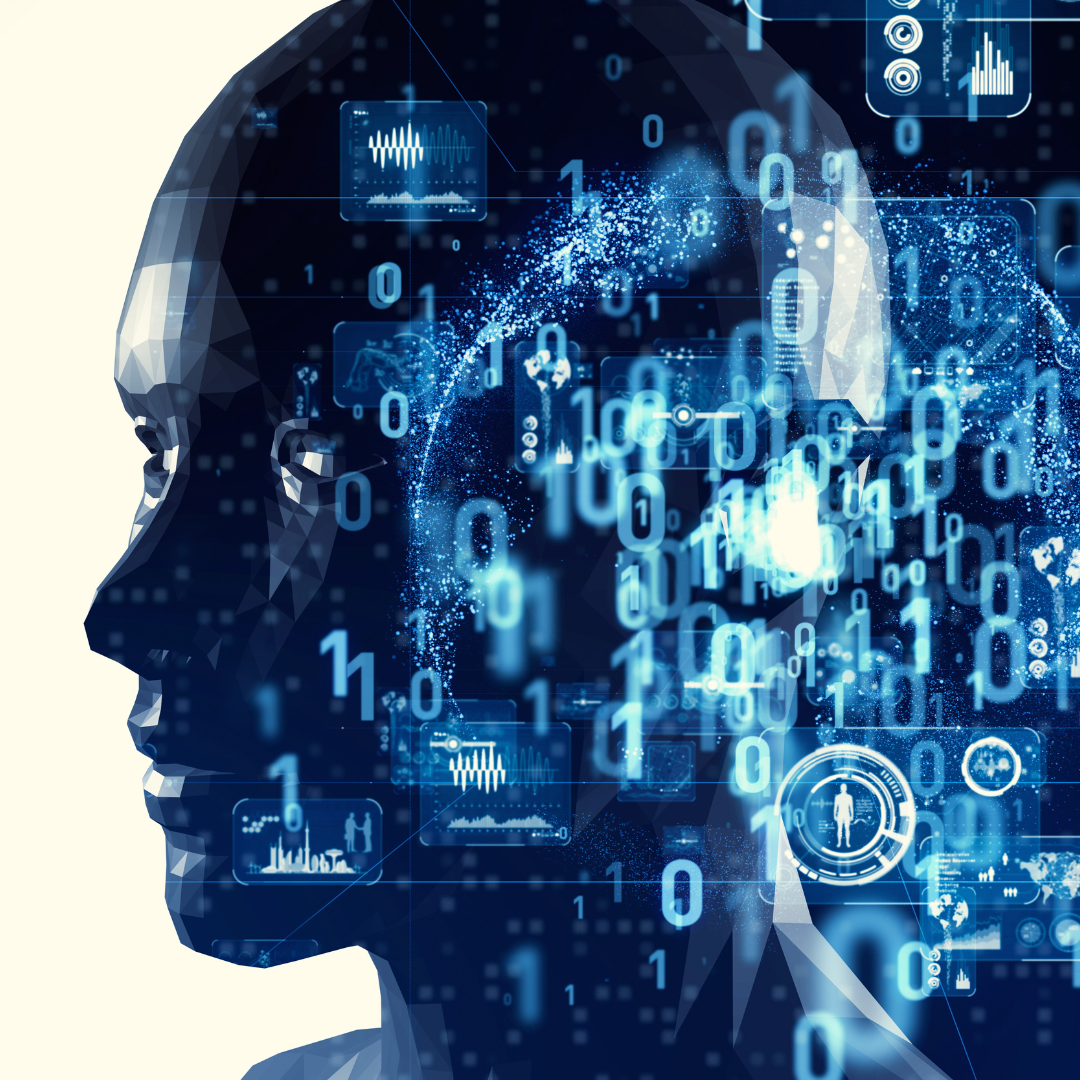It is well-known that artificial intelligence is changing the face of tech as we know it. Social media companies like Facebook (or should we say Meta?) have been upfront and transparent about at least some of the processes they have automated, such as content regulation.Â
Lesser known to the public is how many businesses are using artificial intelligence to inform their marketing and customer outreach efforts, among other internal operations. For example, a process called persona modeling is used to analyze customer data, such as the content they put up on those social media sites like Facebook, to gain cognitive insights that inform advertising efforts.Â
Still lesser known is how governments, from local to federal, are employing AI to to assist their operations, which is the topic of this article. We will cover a few of the uses that government entities can find in AI, some of which cross over from uses typically found in the business world.Â
A Real World Case
Findability Sciences’ prediction platforms are used across a variety of spheres. Oftentimes, their Predict+ platform is used by business to accurately divine the price fluctuations of raw materials to the day, or the customer churn rate for the next quarter or beyond.Â
However, the past two (!) years of global crisis have brought forth more urgent uses for prediction platforms, and Findability Sciences was front and center in offering their services to governments in need of controlling the outbreak of COVID-19 cases.Â
Specifically, Findability Sciences offered their prediction services to the Government of the Indian State of Haryana, which was able to gain predictions, with a 95% accuracy, about COVID cases, both infection and recovery.Â
In turn, the Government was able to effectively streamline the development and implementation of public welfare programs that helped cut down on case and speed up recoveries.Â
It is not just the Government of the Indian State of Haryana that is using AI-powered insights to optimize healthcare planning and delivery during the pandemic. You can be assured that governments all over the world are implementing AI tools to quickly gain insights about COVID cases that are over 90% accurate.Â
Read on to learn about more uses for AI in government.Â
Traffic Regulation
Regulating traffic and cutting down on congestion is a huge concern for government entities, and AI can help governments achieve this by predicting the level of traffic congestion at any given time. This way, controlling traffic to ease motorists’ commutes will be easier, and more well-informed.Â
By combing through mountains of data related to past traffic conditions, AI agents are able to recognize traffic patterns that depend on the time of day, weather conditions, setbacks such as accidents or construction sites, and other factors that influence the creation of congested traffic conditions.Â
Having these predictions at hand, which, like COVID case predictions, can be upwards of 90% accurate, makes the business of controlling traffic, such as operating stop lights, a much more streamlined process that will make the average driver’s commute go much more smoothly.Â
Immigration Application and Visa-Granting
Governments like the US receive mountains of immigration applications, and so it was probably inevitable that scanning through these would be automated once the technology became available.Â
AI is currently used to sift through the massive backlog of applications, making it easier for workers to process applications faster, making immigration easier and quicker for those wishing to become citizens.Â
However, as helpful as these services are, it is important to recognize the potential bias in AI systems dedicated to pushing certain candidates onto the top of the pile in any application process, be it for colleges, loans, jobs, or, yes, immigration.Â
The key to overcoming bias is human users taking on the responsibility of keeping a close eye on what AI agents turn out in the form of predictions and recommendations. Many experts on ethics in AI recommend hiring an in-house expert that can recognize bias in AI agents.Â
In many cases, bias in an AI agent can take the form of being “overfit†to certain population data, such as preferring Icelandic immigration applications to Finnish applications. This results from when the dataset the agent was trained on included far too many Icelandic applicants and far too little Finnish applicants.Â
Summary
Governments can find a number of uses for AI tools such as Findability Sciences’ Predict+ platform, which helped the Government of the Indian State of Haryana get a handle on COVID cases. The other examples in this article only scratch the surface of possibilities, so reach out to Findability Sciences if you want to learn more.Â
[/et_pb_text][/et_pb_column][/et_pb_row][/et_pb_section]


